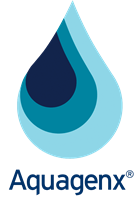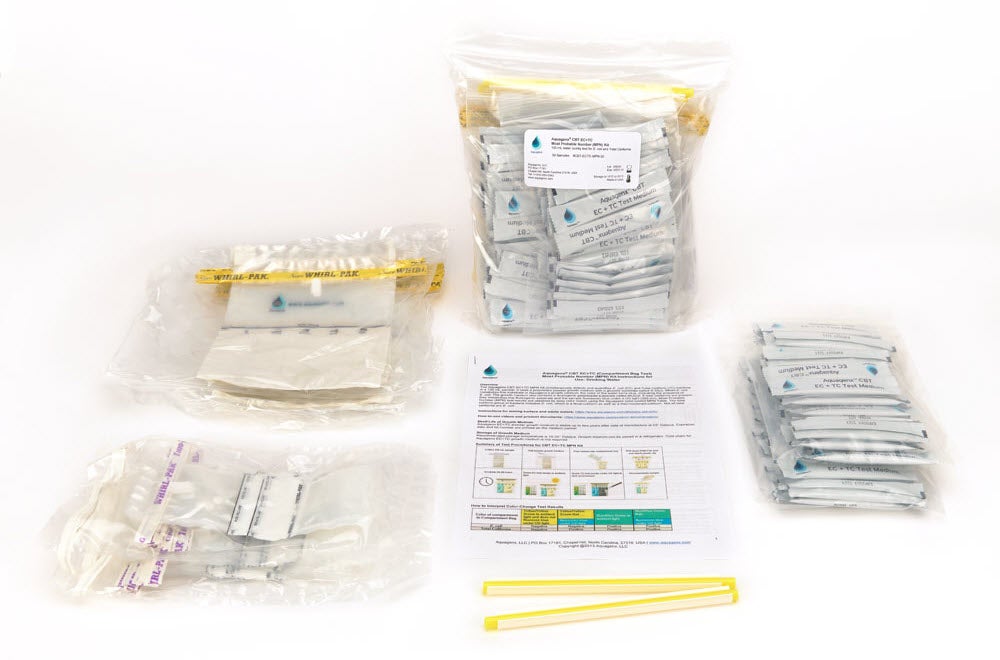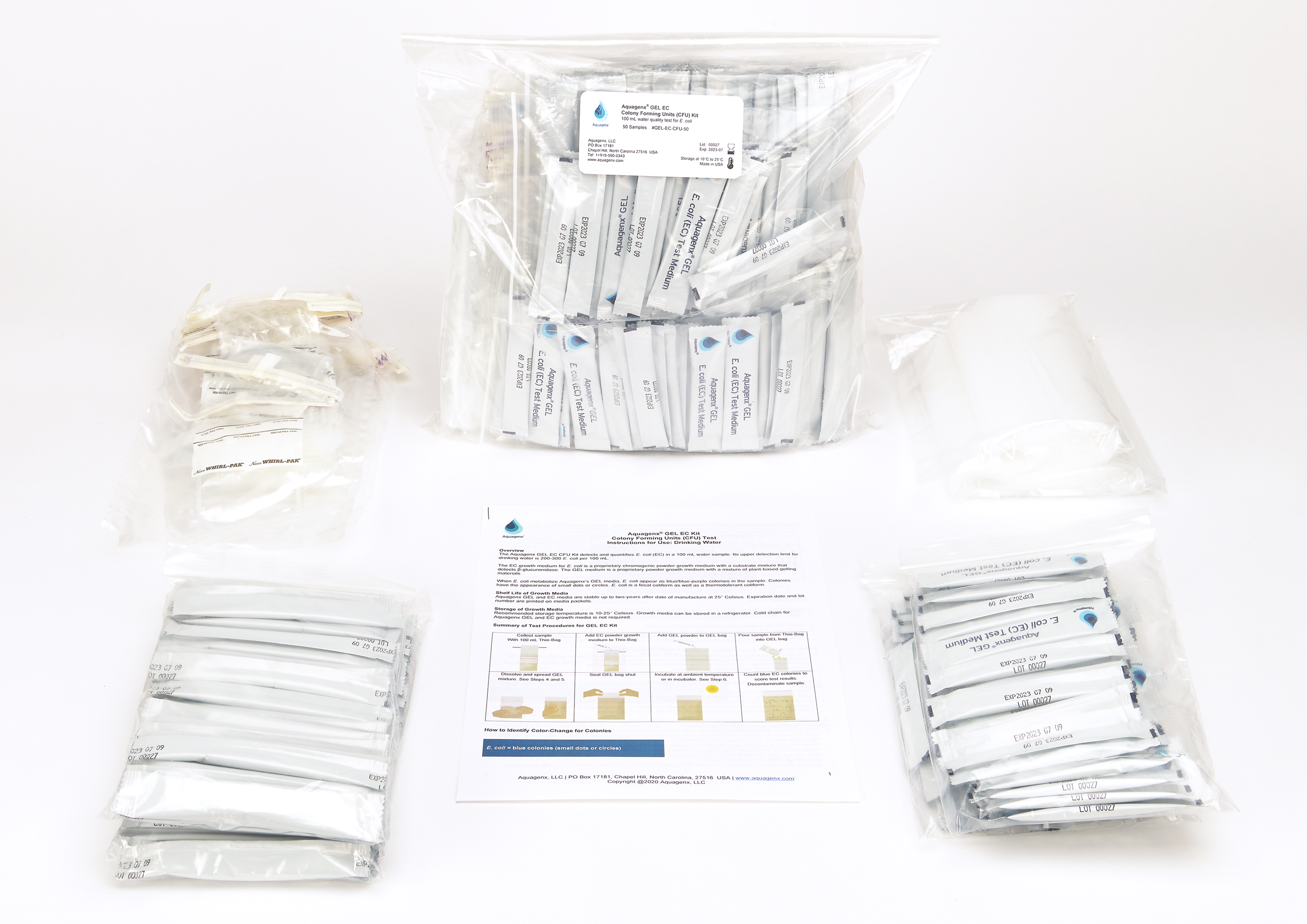Culture Methods are Essential for Detecting
Antimicrobial Resistant Bacteria in Water
Culture-based water quality tests are definitive in detecting and quantifying fecal bacteria such E. coli and Enterococci. These culture methods are the “gold standard” and are widely used and accepted globally to quantify the safety of drinking water supplies. The same principle applies to culture methods for the detection of antimicrobial resistant (AMR) pathogenic bacteria.
The World Health Organization (WHO) Tricycle Protocol encourages countries and other stakeholders to monitor AMR extended-spectrum beta-lactamase (ESBL)
E. coli in environmental water samples by using a culture-based monitoring method (page 31). The Tricycle Protocol encompasses a cross-sector “One Health” approach to contain this problem, namely by monitoring ESBL E. coli across the human, animal and environmental sectors.
By contrast, current genomic methods detect only the genetic material of bacteria and antibiotic resistant genes. Science has learned antibiotic resistant genes are diffused throughout the phylum of bacteria and are difficult to correlate with pathogenic bacteria, which are of greatest concern for human welfare.
Researchers have discovered AMR occurs naturally and are found in all types of bacteria and locations. In addition, antimicrobial resistant bacteria are becoming more numerous, and this spike in population correlates with the increased use of antibiotics in our food and medicine.
Detecting the genes of ESBL E. coli does not provide sufficient evidence of the presence of potentially pathogenic and AMR bacteria in water because it could be detecting dead bacteria that pose a lesser health risk than live bacteria.
For public health risk decisions, culturing AMR ESBL E. coli bacteria is essential to identify bacteria that is infectious and therefore a health risk. To detect infectious bacteria, it is necessary they are detected by culture methods. The WHO does not accept genetic methods as evidence of infectious and culturable AMR bacteria or estimates of their concentrations for health risks. They prefer culture-based methods.
For reliable, unambiguous detection of AMR ESBL E. coli in water, culture-based tests are needed. Aquagenx AMR E. coli Test Kits are simple methods for that detect and quantify ESBL E. coli in 100 mL samples because they do not require labs, electricity, complicated equipment or highly trained analysts.


